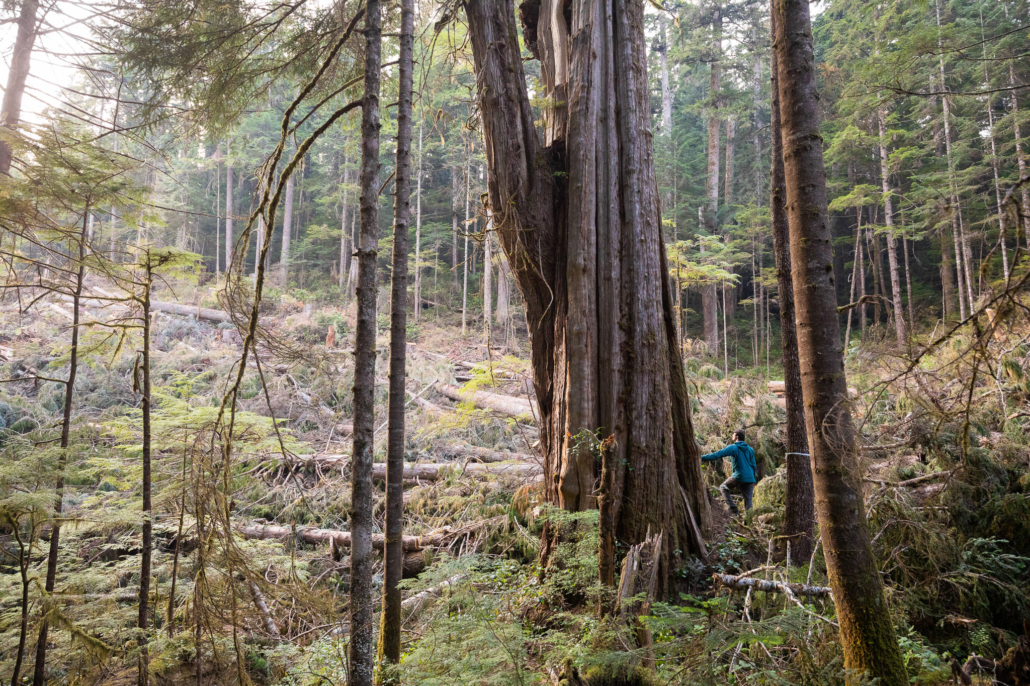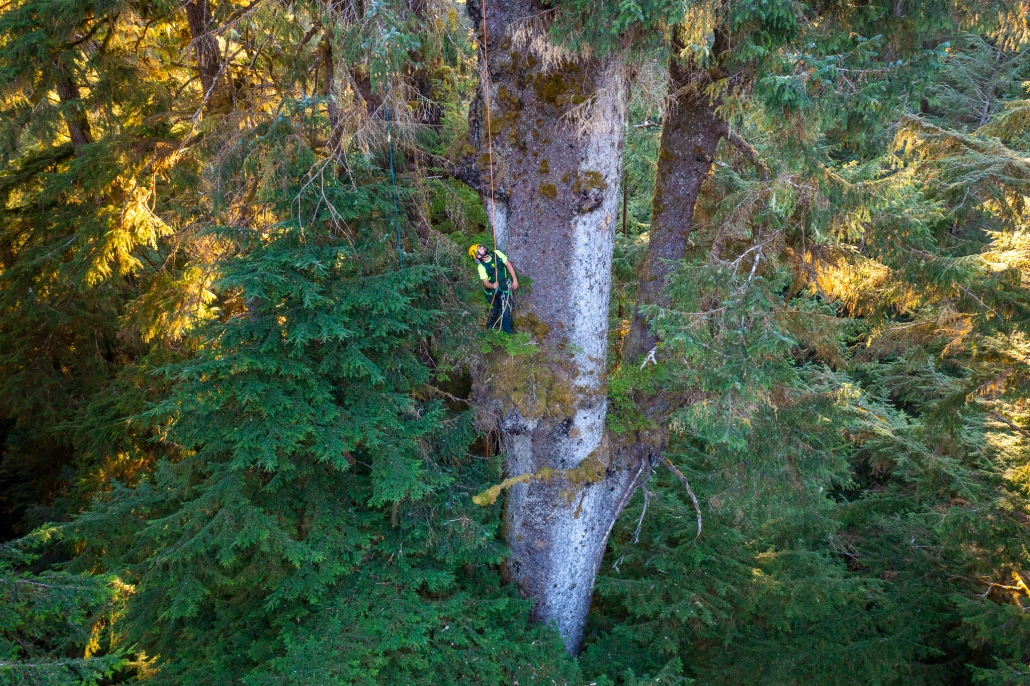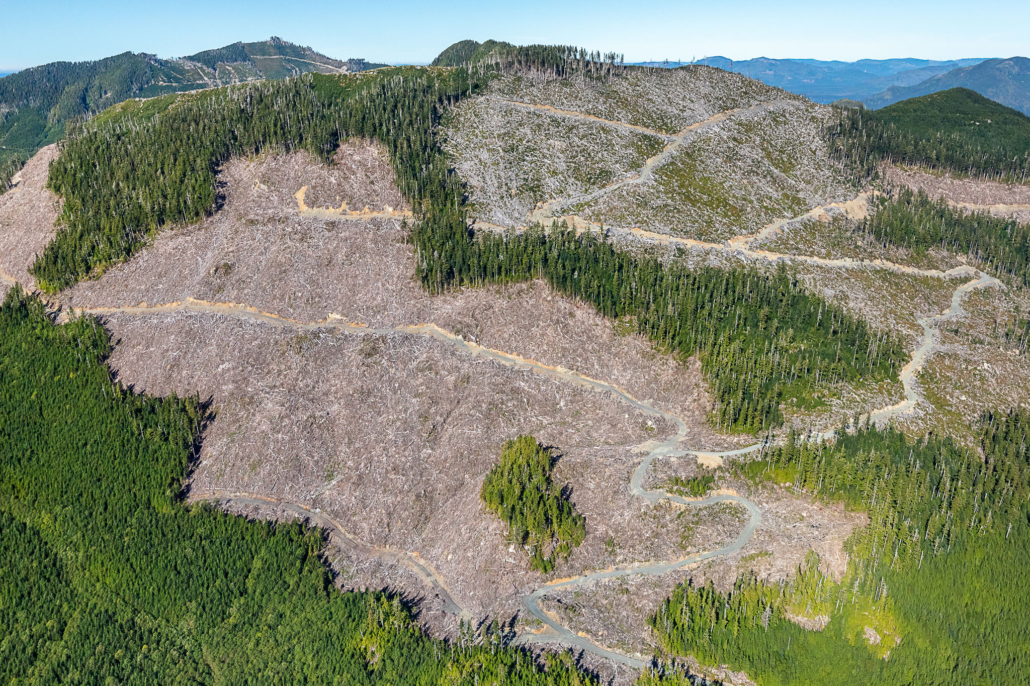
Clayoquot – Biggest Old-Growth Protected Areas Victory in Decades
Conservationists are applauding the leadership of the Ahousaht, Tla-o-qui-aht First Nation and BC NDP government for yesterday declaring the protection of 76,000 hectares of land in new conservancies in Clayoquot Sound near Tofino.

BC Old-Growth Policy Update Adds Little To Current Commitments
The BC government has released an old-growth policy update outlining their plans to address the recommendations in the Old Growth Strategic Review. Here's our take.

Conservationists locate and climb the largest Sitka spruce tree in BC’s famed Carmanah Valley
Spectacular drone footage and photos reveal climbers more than 20 stories in the air in the “hydra-like” canopy of an old-growth Sitka spruce, highlighting the incredible grandeur of old-growth forests in British Columbia during Earth Week.

International Day of Forests: Conservation groups alarmed that BC is backsliding on Old-Growth Forest Policy Progress
AFA and EEA are concerned the BC government is backsliding on its previous policy progress to ensure a paradigm shift in the management of old-growth forests in BC.

BC Opens the Door for a Potential Paradigm Shift in Conservation
Conservationists say the Biodiversity and Ecosystem Health Framework (BEHF) could ensure a major paradigm shift to safeguard the most endangered and least protected ecosystems, such as big-treed old-growth forests, if done correctly.

Billion-dollar BC Nature Agreement will Supercharge Protected Areas Expansion across the Province
Together, the federal and BC governments have provided $1.1 billion to go toward achieving BC’s 30% by 2030 nature protection, conservation, and restoration goals via First Nations conservation agreements.

BC Launches Vital Conservation Financing Mechanism to Protect Old-Growth Forests and Ecosystems
Conservationists give thanks to Premier Eby for fulfilling a key commitment on the path to protecting old-growth forests in BC.

Ancient Forests Under Threat After Being Missed for Logging Deferral Due to Government Data Errors
Ancient Forest Alliance is highlighting the urgent need for the BC government to proactively identify what are likely thousands of hectares of at-risk old-growth forests that were missed during the deferral process due to forest inventory errors.

Conservation Groups Urge BC Government to Hurry Up and Close Gaps in Old-Growth Protection
On the three-year anniversary of the BC government’s acceptance of the Old-Growth Strategic Review Panel’s 14 recommendations to ensure a “paradigm shift” in the conservation and management of old-growth forests in the province, AFA and EEA are urging the BC government to hurry up and close the gaps in old-growth protection.

Canada’s Most Impressive Tree Located by Conservationists in Clayoquot Sound, BC
Conservationists on Vancouver Island with the Ancient Forest Alliance (AFA) have identified what may very well be Canada’s most impressive tree in a remote location in Ahousaht First Nation territory near Tofino in Clayoquot Sound, BC. The ancient redcedar measures over 17 ft (5 m) wide near its base but grows even wider as it goes up.
